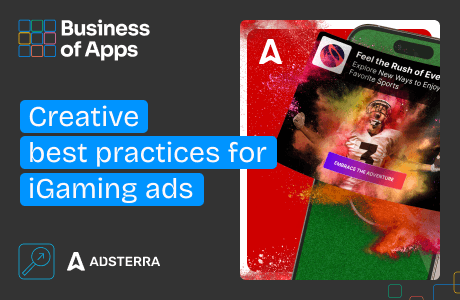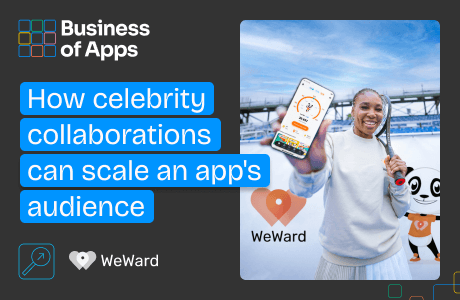
The mobile in-app advertising industry is consolidating at a record pace. Here’s what mobile game and app marketers need to know moving forward.
The mobile ad tech industry is undergoing a period of unprecedented growth and consolidation, and that has major implications for marketers tasked with building and maintaining profitable app portfolios.
What were once clearly delineated vendor categories are blurring as former rivals join forces, entertainment giants scoop up attribution solutions, and demand-side platforms expand into monetization. All the while, programmatic advertising technology continues to gain traction, bringing real time bidding out of walled gardens and into the industry at large where it can foster more meritocratic business practices.
All of this is good news for mobile game and app marketers, who will be able to affect greater change with fewer resources as more vendors seek to offer comprehensive growth and monetization platforms capable of managing the entire user lifecycle.
But the world of one-stop mobile growth shops will take time. Tech stacks that have spent years evolving in isolation will need to be merged and disparate data sets blended. Knowing that this is on the way, however, affords mobile marketers the chance to prepare.
As legacy advertising models struggle to retain relevance and dollars continue to flood programmatic environments, proactive marketers who develop skills catered to the new, more open world of mobile growth will be uniquely positioned to succeed in a market notorious for leaving stragglers behind. Here are a few ways mobile marketers can set themselves up for success in the newly consolidated world of mobile ad tech.
Master the programmatic ecosystem
As of 2020, programmatic campaigns account for 68% of digital media advertising spend and rising. That means most modern ad campaigns are automated, target international audiences, and deploy in real-time. Marketers that invest in a thorough understanding of OpenRTB, the underlying protocol that powers much of the open mobile programmatic ecosystem, can expect it to pay dividends for the remainder of their careers.
This is no less true for those tasked with monetizing mobile app portfolios than for those that grow them. The world of app bidding allows publishers to outsource the responsibility of optimizing sale of their inventory, a job historically dependent on industry relationships and negotiation, to the impartial efficiency of real-time auctions in which multiple demand sources compete on an even and transparent playing field.
Get familiar with contextual targeting
The value of understanding programmatic ad technologies is compounded when coupled with a working knowledge of contextual ad targeting, which seeks to make the most of a snapshot of user data delivered at the time an ad is requested rather than a full historical record of user behavior.
The new prevalence of contextual targeting, brought on by the effective sunsetting of device-level identifiers like IDFA, now requires that marketers employ equal parts art and science in campaign development. Most critically, marketers need to reacquaint themselves with their product’s core aesthetic value and design creatives that aim for the center of their target audience’s bell curve of interest.
Without historical targeting data to fall back on, marketers will need to once again master the art of selling the sizzle, not the steak — a practice best realized through a disciplined multivariate creative testing regimen. Marketers that invest in solutions that embrace this new paradigm will come out on top.
Re-acquaint yourself with attribution
Despite the inherent challenges introduced by recent privacy changes, the new world of mobile growth will be unprecedentedly results-oriented. In the absence of device-level identifiers, marketers will need to familiarize themselves with alternative modes of attribution that newly consolidated platforms will employ, the most important of which is probabilistic attribution.
Rooted in sound mathematics, probabilistic attribution assigns campaign membership probabilities to newly acquired users based on post-install behavior gathered within the allotted time windows. These probabilities are calculated against conversion values drawn from tools like Apple’s SKAdNetwork, but are notably not the same as fingerprinting, which Apple has overtly prohibited.
Prepare to wear many hats
Above all else, marketers should expect to spend less time in silos and more time analyzing the entire user lifecycle. Those formerly tasked exclusively with either user acquisition or monetization will almost certainly be expected to trace the implications of one side of the house to the other in the pursuit of the one metric that really matters: ROI.
Thankfully, the newly consolidated world of mobile ad tech platforms will be there to help. With an unprecedented number of proven solutions at the fingertips of mobile marketers and monetization professionals, success will merely be a matter of readiness.










